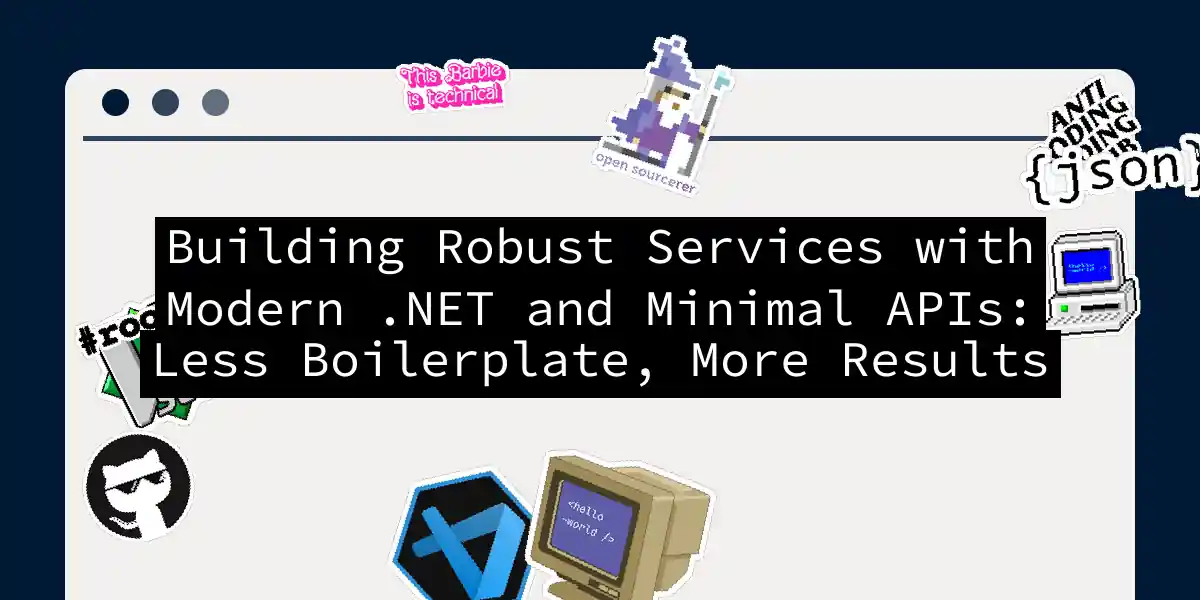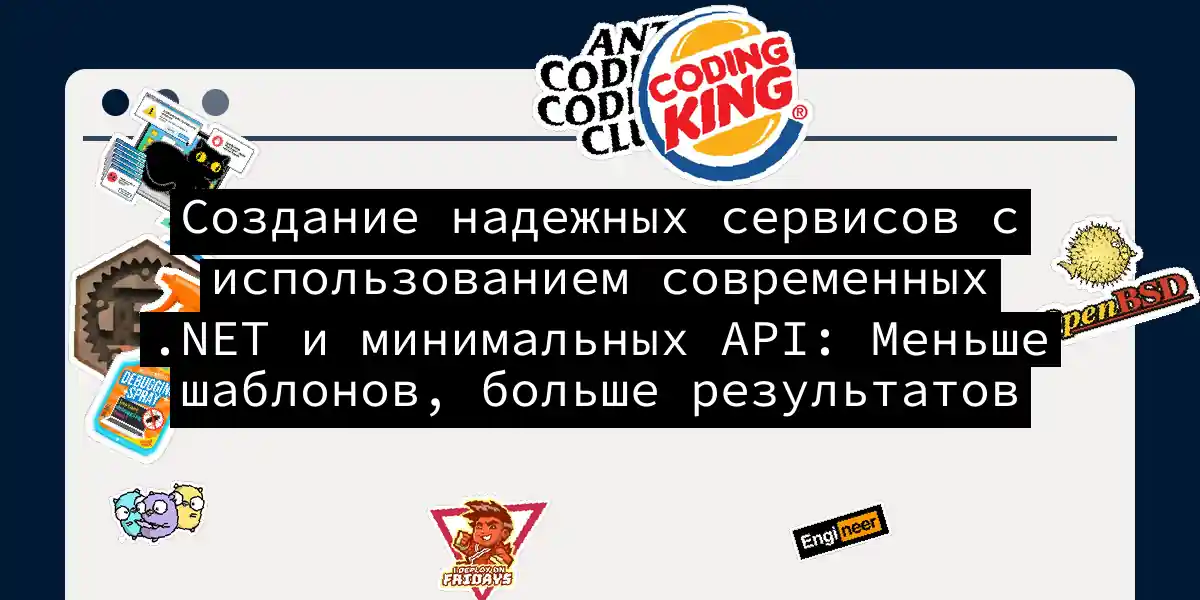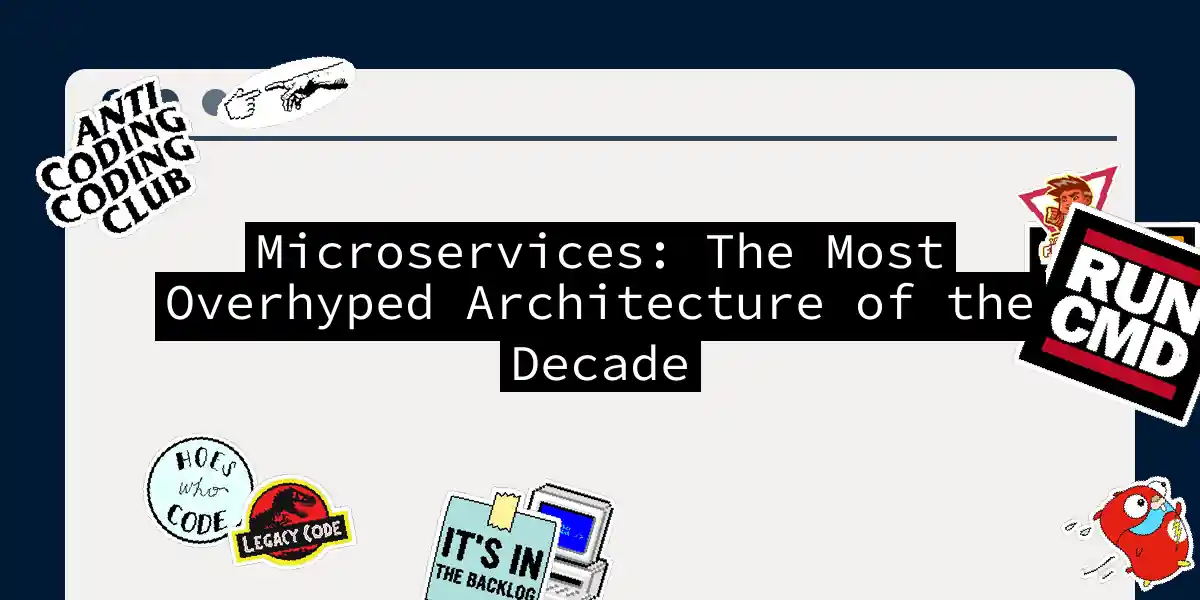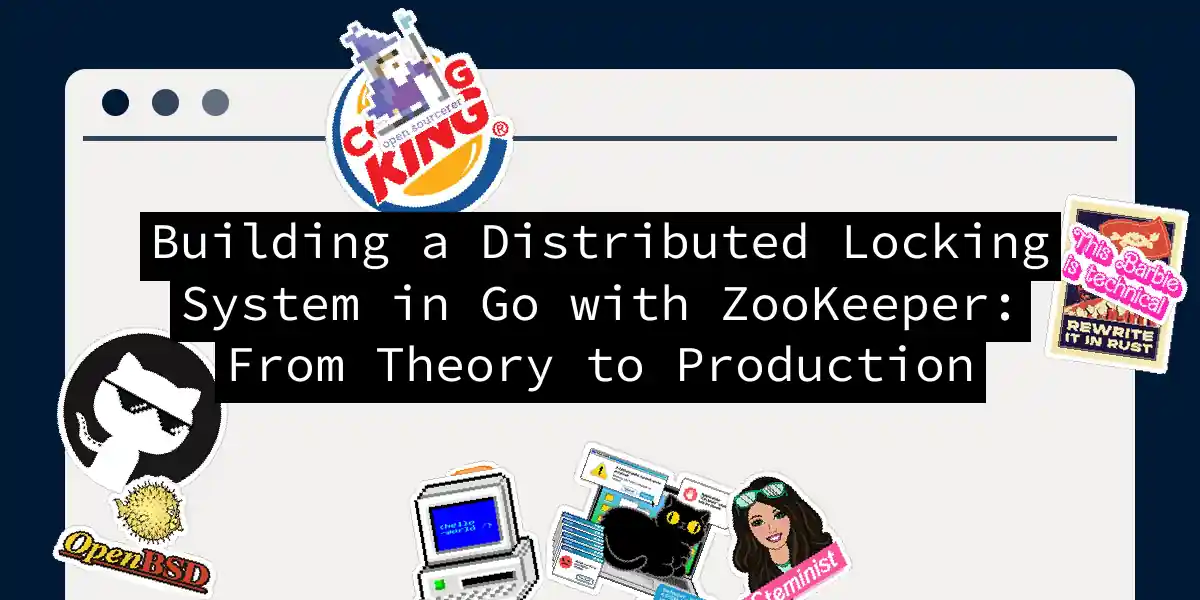
Building Robust Services with Modern .NET and Minimal APIs: Less Boilerplate, More Results
The Controller-Free Revolution (And Why You Might Actually Like It) Remember when building a REST API in .NET meant creating a controller file, adding attributes to every method, and somehow ending up with more ceremony than a royal wedding? Those days are fading faster than your motivation on a Monday morning. Welcome to the world of Minimal APIs—where you can craft production-ready REST services with less code, fewer files, and genuinely less headache....



